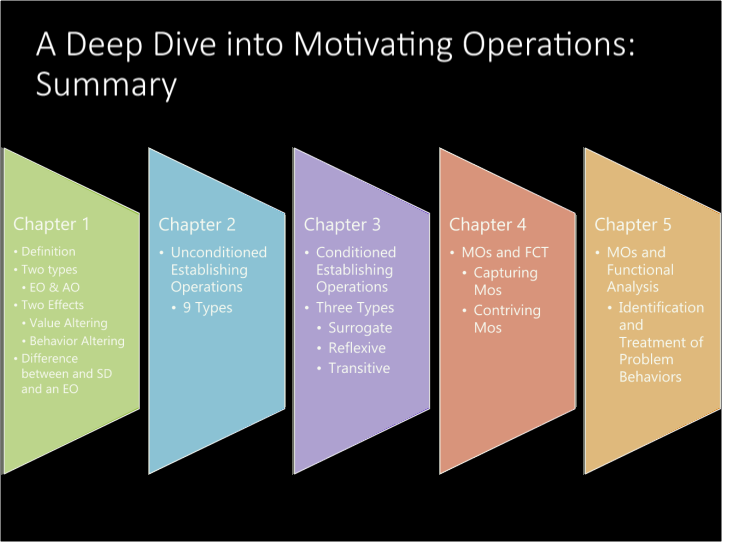A Deep Dive into Motivating Operations
Take a look at motivation through a behavior analytic lens. What is motivation and how does it affect behavior? Join us as we take a deep dive into motivation, specifically, Motivating Operations.
-
1 Learning CEU
Interactive Presentation -
Format
Online Asynchronous




What's included?



